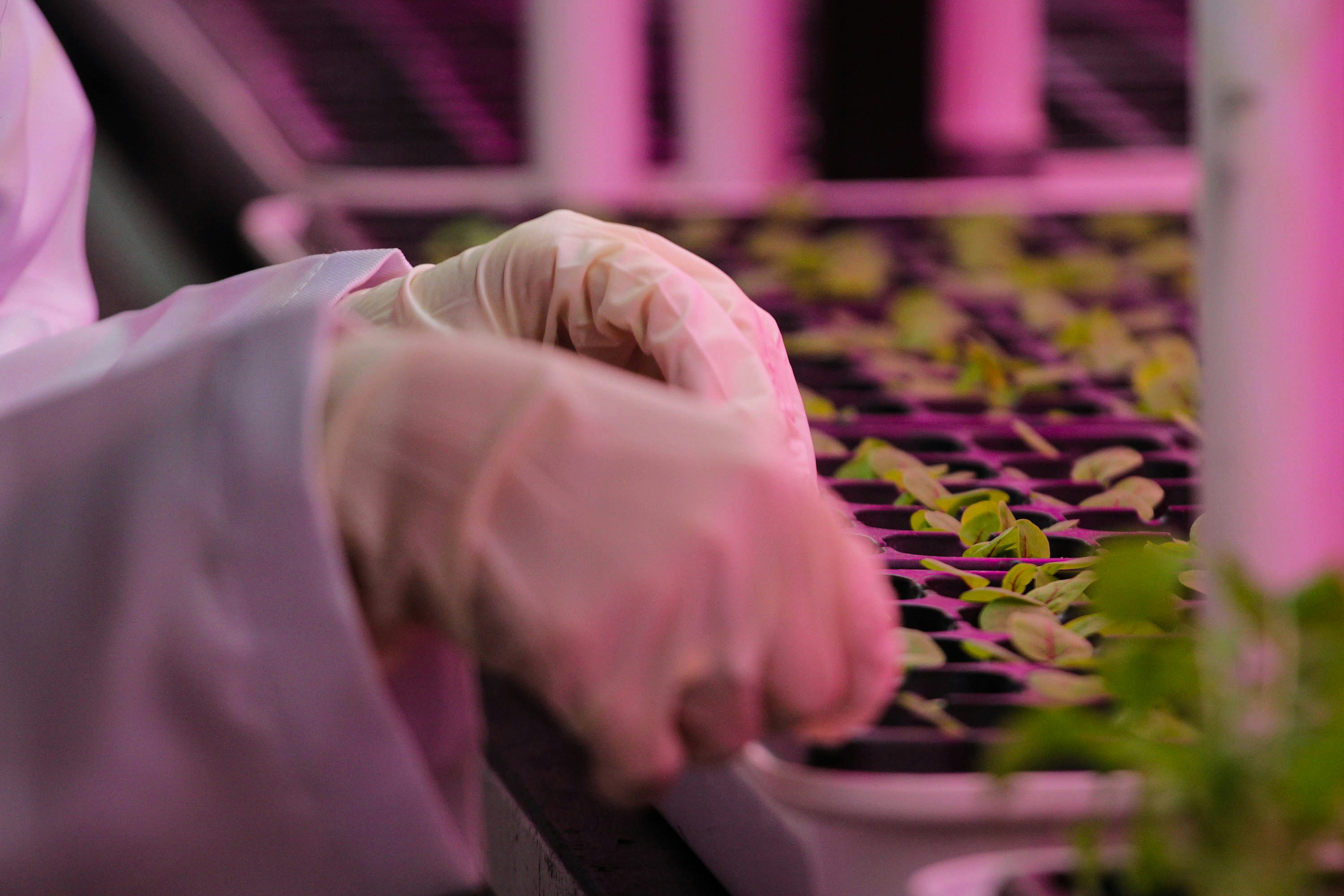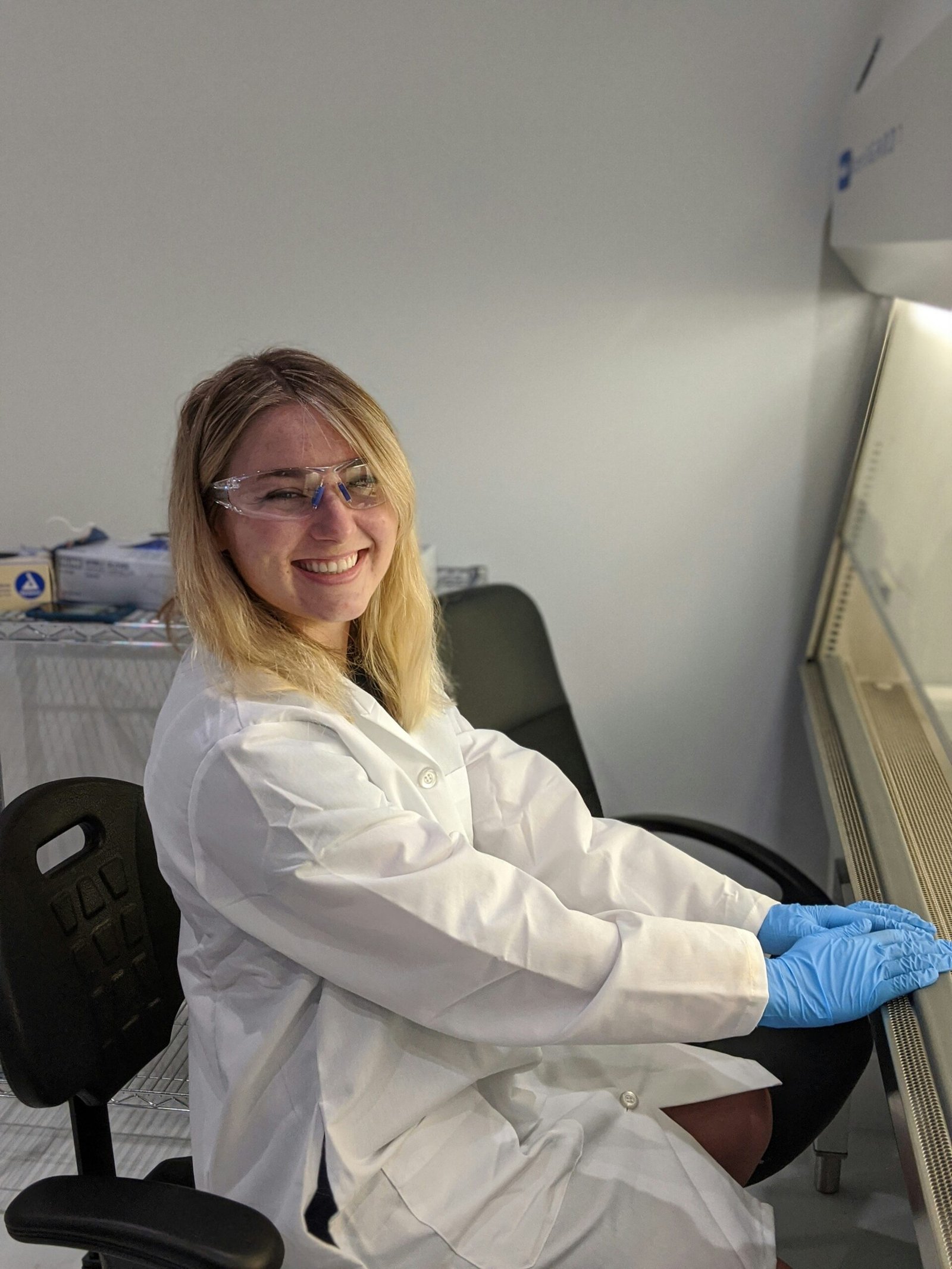What is Plant Tissue Culture?
Plant tissue culture is a sophisticated technique in botany, used for the propagation of plants under sterile conditions in a controlled environment. This methodology allows for the multiplication of plant cells and tissues at a cellular level, utilizing various components such as hormones, nutrients, and growth regulators. The fundamental principle of plant tissue culture relies on the ability of certain plant cells to regenerate into whole plants when placed under the right physiological conditions.
The process typically begins with the selection of an explant, which is a tissue sample taken from a parent plant. Explants can be derived from various plant parts, including leaves, stems, or roots. Once collected, the explants undergo sterilization to eliminate any microbial contaminants that may hinder growth. Following sterilization, the explants are placed in a sterile culture medium rich in essential vitamins, minerals, and hormones that facilitate plant growth and development.
The concentration and combination of growth hormones, such as auxins and cytokinins, are pivotal in directing the differentiation and proliferation of plant tissues. These hormones play significant roles in cell division and development, influencing root and shoot formation. The environment in which these cultures are maintained also impacts the success rate; factors such as light, temperature, and humidity are meticulously controlled to optimize growth.
Historically, plant tissue culture has revolutionized plant breeding, allowing researchers and agriculturalists to cultivate disease-free plants and generate clones of superior quality. This advancement has significant implications for agriculture, horticulture, and conservation, as it enables the rapid propagation of desired traits in various plant species. Common methods utilized in tissue culture include callus culture, micropropagation, and somatic embryogenesis, each with distinct applications tailored for different plant types and desired outcomes in modern plant breeding efforts.
The Process of Plant Tissue Culture
Plant tissue culture, a sophisticated technique in modern botany, involves several distinct yet interconnected stages that facilitate the growth of plants in controlled conditions. The process begins with the initiation stage, where a small piece of the plant, known as an explant, is collected. Common types of explants include meristems, leaves, and nodes, each selected based on their specific advantages, such as growth potential and disease resistance. The choice of explant plays a crucial role in the success of the tissue culture, as it informs the subsequent development of the plant.
Once the explants are prepared, they are placed on a culture medium that is rich in nutrients, growth regulators, and vitamins essential for cell division and growth. The next stage is multiplication, where the explants produce multiple shoots. This stage requires sterile conditions to minimize contamination, highlighting the significance of maintaining aseptic environments throughout the process. The culture medium can be modified to optimize the growth conditions suitable for the specific explant being used, thereby enhancing the efficiency of propagation.
Following successful multiplication, the plantlets enter the rooting stage. Here, the formation of roots is encouraged by altering the composition of the culture medium, often by varying the auxin levels, which are vital for root development. Careful monitoring of environmental factors such as light, temperature, and humidity is essential during this phase to ensure healthy root formation.
Finally, the established plantlets undergo acclimatization, an essential transition from in vitro conditions to the external environment. This stage involves gradually introducing the plantlets to normal conditions, which helps them adjust and thrive outside the controlled environment of tissue culture. Proper management during acclimatization is crucial to minimize transplant shock and improve survival rates, allowing for successful integration of the plantlets into the broader ecosystem.
Applications of Plant Tissue Culture in Modern Plant Breeding
Plant tissue culture represents a groundbreaking innovation within the field of modern plant breeding. This technique harnesses the capability to propagate plants from a small piece of tissue, allowing for efficient production and enhancement of various plant species. One notable application of plant tissue culture is in genetic engineering, where it serves as a vital tool for introducing desirable traits into crops. Through these advanced methodologies, researchers can develop varieties that are more resistant to diseases, pests, and adverse environmental conditions.
In addition to genetic engineering, the production of disease-free plants is another significant application of plant tissue culture. By utilizing aseptic techniques, plant tissue culture ensures that plantlets are free from pathogens, thereby increasing the health and yield of commercial crops. This is particularly important in the production of economically valuable staples such as bananas, where diseases like Panama disease can have devastating effects on global production.
Moreover, the rapid multiplication of superior cultivars is another key advantage of plant tissue culture. This technique facilitates the swift propagation of high-quality plants, significantly reducing the time required to produce large quantities of improved varieties. For example, in strawberries and orchids, tissue culture has enabled growers to generate thousands of identical plants in a relatively short period. The uniformity achieved through this process ensures consistency in crop performance and quality, meeting the demands of both consumers and producers alike.
Beyond commercial applications, plant tissue culture plays a pivotal role in conservation efforts, particularly for endangered species. By allowing the propagation of rare and threatened plants ex situ, tissue culture supports the preservation of genetic diversity and assists in reintroduction programs. As awareness grows regarding the importance of biodiversity, the significance of plant tissue culture in safeguarding plant species cannot be understated. This technology continues to expand the horizons of modern plant breeding, addressing both agricultural and ecological challenges.
Challenges and Future Directions in Plant Tissue Culture
Plant tissue culture has emerged as a pivotal technique in modern plant breeding; however, it is not without its challenges. One of the primary difficulties faced in this field is contamination, which can severely affect the outcomes of tissue culture experiments. Contaminants, including bacteria, fungi, and viruses, can thrive in the sterile environments necessary for plant tissue culture. Successful mitigation of these contaminants is crucial in ensuring healthy plant growth and viable cultures, necessitating rigorous sterile techniques and consistent monitoring.
Another significant challenge associated with plant tissue culture is somaclonal variation. This phenomenon refers to the genetic variations that can arise during the tissue culture process, which may result in unexpected traits in regenerated plants. While somaclonal variation can sometimes be beneficial, enhancing genetic diversity, it often poses a risk of undesirable traits being passed on. Careful selection and testing of cultured tissues are, therefore, essential to maintain desirable genetic integrity.
Furthermore, the cost of maintaining sterile environments adds an economic layer to the challenges in plant tissue culture. The investment in specialized facilities, equipment, and skilled personnel can be substantial, which may limit accessibility for smaller research institutions or developing countries. Addressing these financial barriers is critical to broadening the adoption of plant tissue culture technologies.
Looking towards the future, the integration of emerging technologies such as gene editing presents exciting opportunities for advancements in plant tissue culture. These innovations can enhance the precision and efficiency of breeding techniques, enabling faster development of crops with desired traits. Additionally, combining tissue culture with other breeding techniques may streamline processes and lead to more sustainable agricultural practices. The potential impact of these advancements on food security is immense, as they could help produce resilient crops capable of withstanding climate change and other adversities. Continued research and innovation in plant tissue culture are paramount, as they hold the key to overcoming current challenges and unlocking new possibilities in agricultural biotechnology.
For PPT





